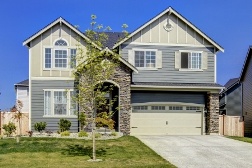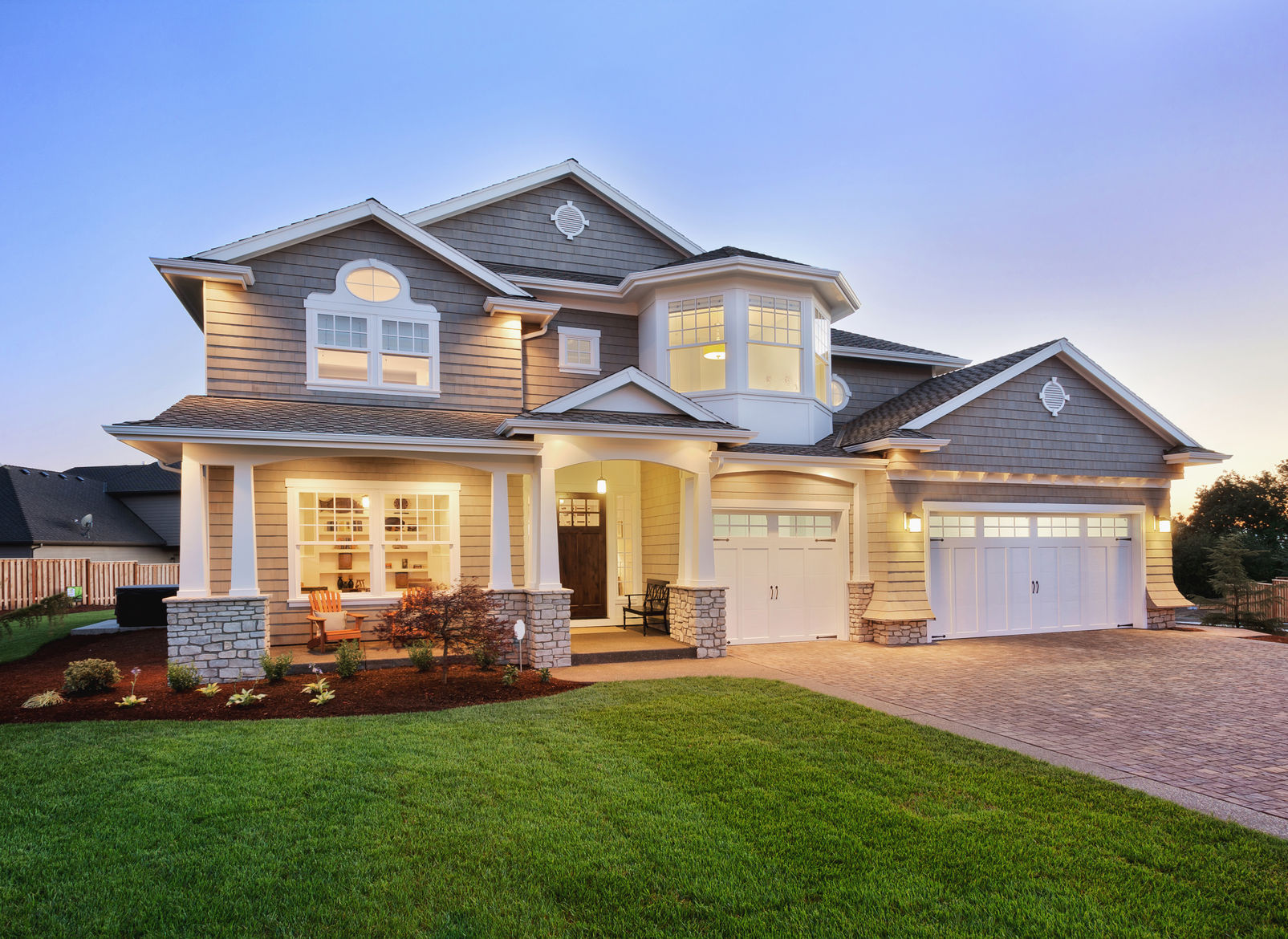Case-Shiller: Home Prices Higher in July, Home Prices May Have Peaked
 Case-Shiller reported higher sales of new homes for July; the national reading for new home sales increased by 0.10 percent to a seasonally-adjusted annual rate of 5.90 percent. The 20-City Home Price Index rose by 0.20 percent to 5.80 percent on a seasonally adjusted annual basis.
Case-Shiller reported higher sales of new homes for July; the national reading for new home sales increased by 0.10 percent to a seasonally-adjusted annual rate of 5.90 percent. The 20-City Home Price Index rose by 0.20 percent to 5.80 percent on a seasonally adjusted annual basis.
Seattle Washington held the top spot in the 20-City Index with a growth of 13.50 percent year-over-year. Seattle home prices are growing faster than home prices in Portland Oregon, which reported a year-over-home price growth rate of 7,60 percent. Dallas, Texas lost its third-place standing in the 20-City Index to Las Vegas, Nevada, which reported 7.40 year-over-year growth in home prices. Dallas, Texas and Detroit, Michigan tied for fourth position with 7.30 percent home price growth.
David M. Blitzer, managing director and chair of the S&P Case Shiller Home Price Index Committee, said that the Pacific Northwest largely drove July home prices,12 of 20 cities surveyed reported higher home prices in July. Home prices rose to their highest level since May 2009 but were selling for less than half of what new homes sold for in 2009.
Home Prices Rise, Falling Sales Suggest Prices May Have Peaked
High demand for a limited number of available homes continued to cause home prices to rise, but home sales fell in July. Three of four regions reported lower sales with the Midwestern region sales volume unchanged. Low inventories of homes for sale have increased competition among homebuyers; this creates bidding wars that cause artificially high home prices in high-demand markets.
In related news, The Commerce Department reported that new home sales fell by 3.40 percent in August. The inventory of homes on the market rose from a 5.70month supply to a 6.10month supply of homes for sale. Real estate pros consider a six-month supply of homes for sale a good balance between homes on the market and active home buyers. Increasing inventories of homes for sale suggests that home prices could be peaking as home buyers face strict mortgage rules and affordability concerns.
Hurricanes Harvey and Irma impacted 14 percent of building permits issued in 2016. While building permits issued may increase, ongoing concerns over labor shortages and building materials costs could become more pronounced as rebuilding in the hurricane zones progresses.

 The National Association of Home Builders Housing Market Index for June fell by two points to 67 after a revision of May’s reading. Components of the Housing Market Index were lower for June with builder confidence in current market conditions two points lower at 73; June’s reading for builder confidence in market conditions for the next six months also fell two points to 76. Builder confidence in buyer traffic fell two points to 49. According to the Index, any reading over 50 indicates that more builders are confident than those who are not.
The National Association of Home Builders Housing Market Index for June fell by two points to 67 after a revision of May’s reading. Components of the Housing Market Index were lower for June with builder confidence in current market conditions two points lower at 73; June’s reading for builder confidence in market conditions for the next six months also fell two points to 76. Builder confidence in buyer traffic fell two points to 49. According to the Index, any reading over 50 indicates that more builders are confident than those who are not.